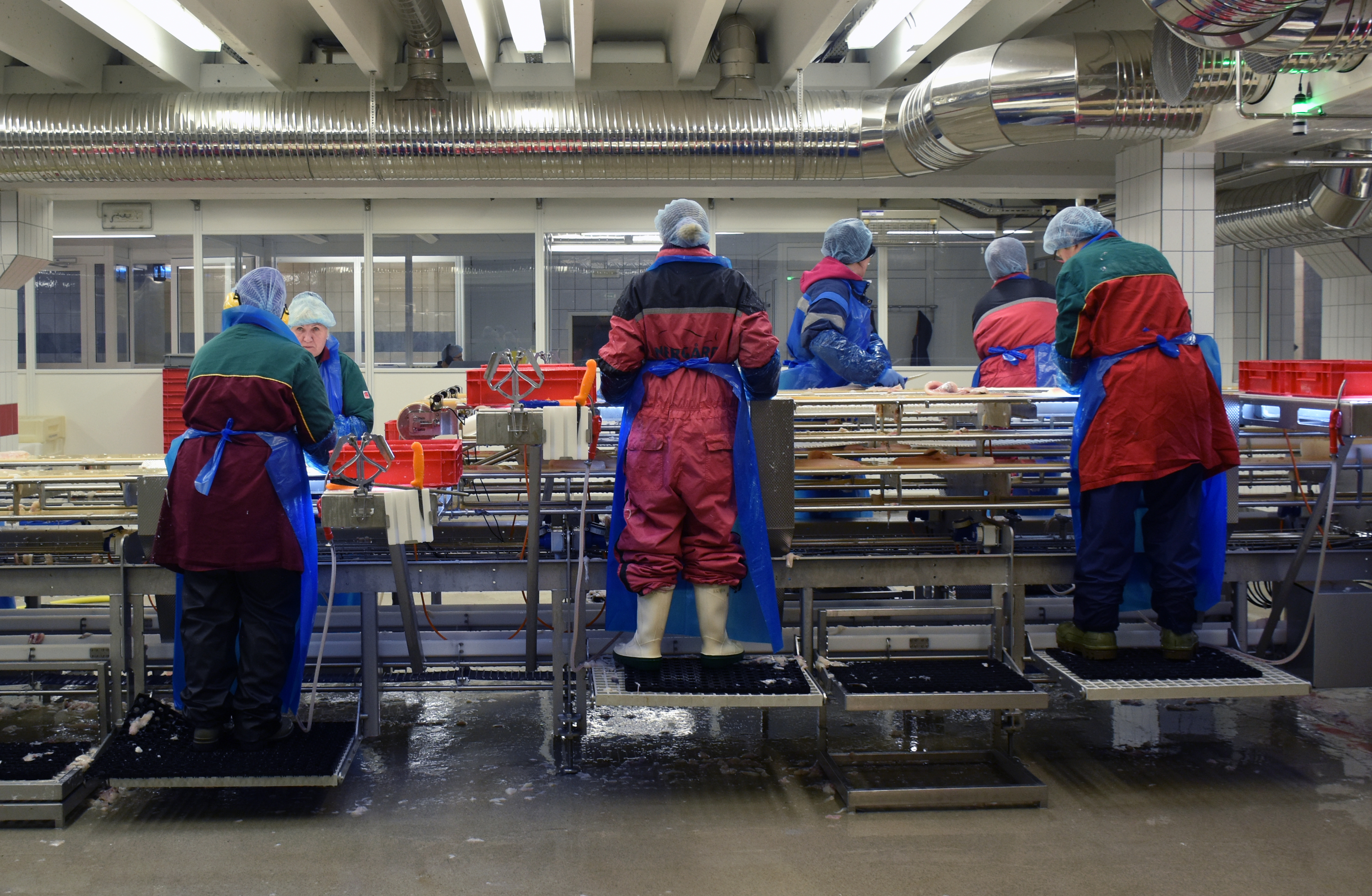Coping strategies
“The fishing village place type” functioned as a specialized system of production, with few or no functions typical of central towns. The localization of the villages and hamlets did not change. The stability of the modes of production and ways of life also promoted stability in local culture and building modes, and a distinctive culture of settlement.
The distances the Arctic coastal communities had to handle were always substantial and the conditions for![]() were extreme. The communities had to develop coping strategies in order to deal with shifting frameworks outside of their control – overcoming and exploiting otherwise uncontrollable factors and conditions. Current transformation forces affecting the fisheries and the settlements include:
were extreme. The communities had to develop coping strategies in order to deal with shifting frameworks outside of their control – overcoming and exploiting otherwise uncontrollable factors and conditions. Current transformation forces affecting the fisheries and the settlements include:
- Climate change and global warming
- The fight for exploiting Arctic resources
- The extension of Norwegian Oil activities northwards
- The Barents Sea Asia/Europe transport connection
- Travelers and mass-tourism
In terms of policies and industries:
- Changes in regional policies and the urge for centralization
- A marked oriented quota system for distributing the resources
- The development of a less locally owned and more finance based production system.
Contemporary Typologies
A fishing village is not a clear-cut statistical, geographical or architectural term. Even though the fisheries followed patterns and techniques that were relatively identical along the entire coast, each place differed from the next, historically depending on the distance to the fishing grounds, harbor conditions, local agricultural resources and property conditions.
Over time, harbor conditions and links to national infrastructure are more important than distance to the fishing grounds. The structure of![]() and ownership in the industries have changed and are decisive for the development in the different villages. Some villages, some families and some companies are more competitive than others in the battle for quotas.
and ownership in the industries have changed and are decisive for the development in the different villages. Some villages, some families and some companies are more competitive than others in the battle for quotas.
The villages were always part of an international economy, and are today depending on both local abilities to “cope”, industrial economy and global markets.
The![]() in the fishing villages can roughly be typified in broad categories. In the exhibition four Senja villages exemplify each of these types:
in the fishing villages can roughly be typified in broad categories. In the exhibition four Senja villages exemplify each of these types:
Recreational ruins
Fading fishing villages
Labor camps
Inventive Societies
The distances the Arctic coastal communities had to handle were always substantial and the conditions for
production and living

- Climate change and global warming
- The fight for exploiting Arctic resources
- The extension of Norwegian Oil activities northwards
- The Barents Sea Asia/Europe transport connection
- Travelers and mass-tourism
In terms of policies and industries:
- Changes in regional policies and the urge for centralization
- A marked oriented quota system for distributing the resources
- The development of a less locally owned and more finance based production system.
Contemporary Typologies
A fishing village is not a clear-cut statistical, geographical or architectural term. Even though the fisheries followed patterns and techniques that were relatively identical along the entire coast, each place differed from the next, historically depending on the distance to the fishing grounds, harbor conditions, local agricultural resources and property conditions.
Over time, harbor conditions and links to national infrastructure are more important than distance to the fishing grounds. The structure of
production

The villages were always part of an international economy, and are today depending on both local abilities to “cope”, industrial economy and global markets.
The
contemporary situation
Recreational ruins
Fading fishing villages
Labor camps
Inventive Societies